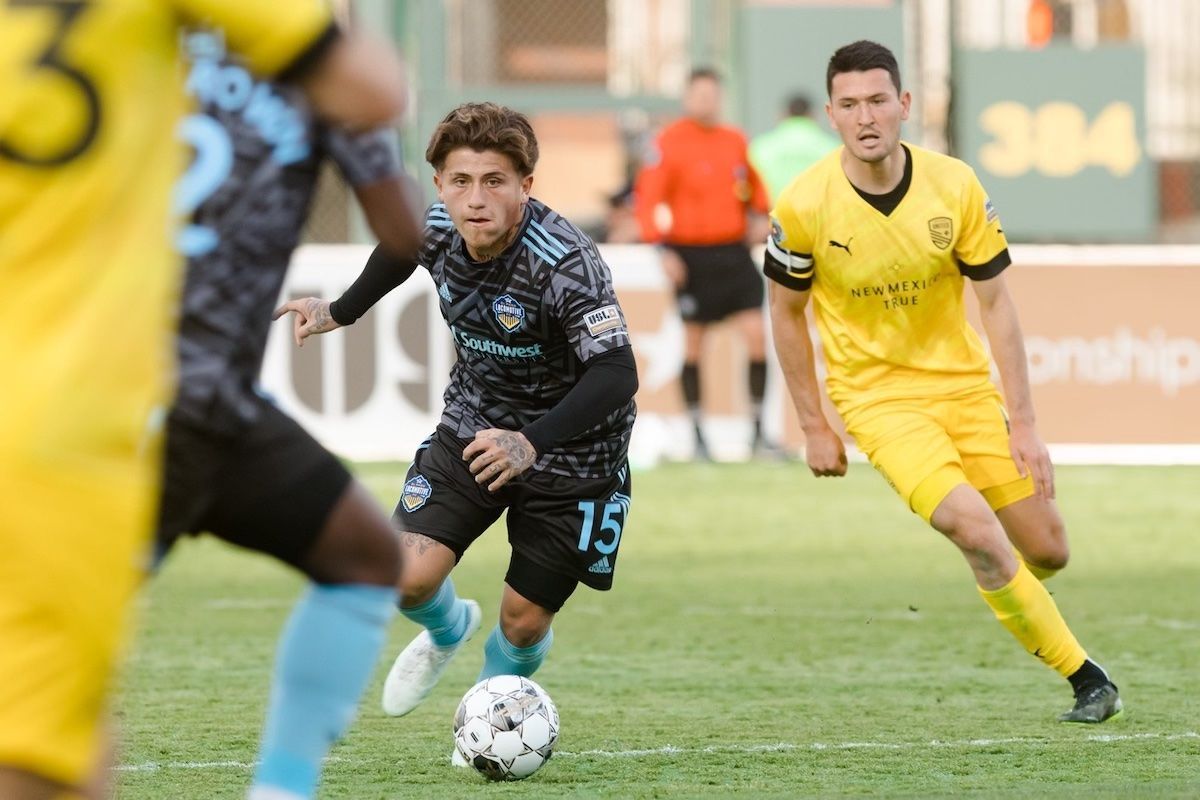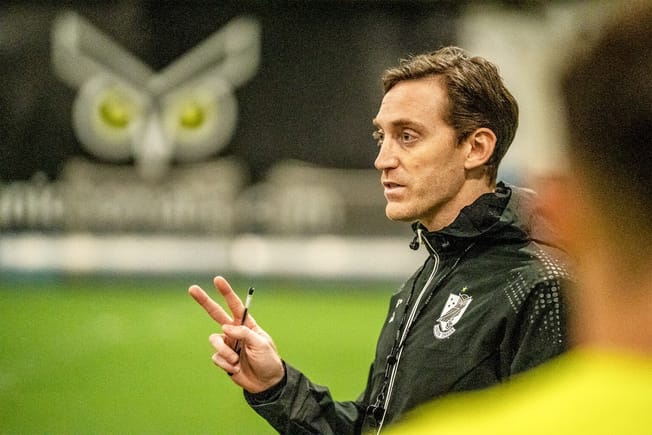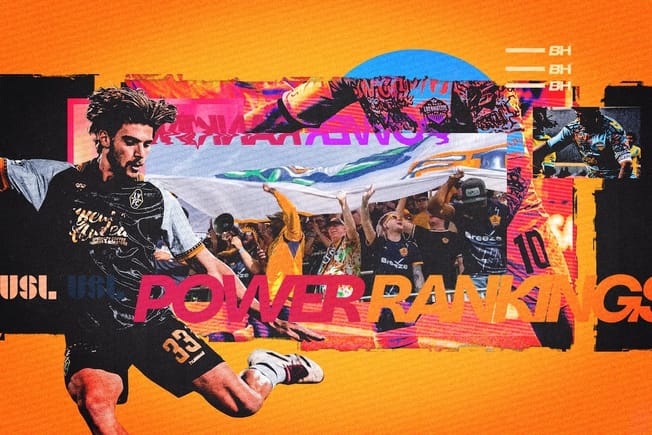Quick Hits
- This weekend marked the end of the 2022 regular season in the USL Championship – and there are plenty of things we can learn about the league and its future based on this season
- Several trends emerged this year that have relevance in terms of tactics, roster building, and development
This is an excerpt from Monday’s Weekend Recap. Subscribe to our free newsletter to get future editions of the Weekend Recap delivered right to your inbox.
This weekend marked the end of the regular season in the USL Championship and there are plenty of lessons to be learned. A few major trends emerged in 2022 that have relevance in terms of tactics, roster building, and development.
SHARING THE LOAD IN ATTACK
If you look at the players who scored more than 15 goals in the USL Championship this season, a trend emerges: three of those six players missed the playoffs, and another snuck in as the lowest seed in the Western Conference. This represents how style and system can trump individual success.
Milan Iloski won the Golden Boot, but his Orange County SC team came dead last in the West. Having a striker that can pour on the goals is never a bad thing, but the best teams in the league can rely on a supporting cast of auxiliary scorers.
San Antonio FC coasted to the best record in the league, but they only had one player – Samuel Adeniran, loaned in halfway through the year – reach double-digit goals. None of Adeniran’s teammates scored more than six times this season. That diversity made San Antonio harder to stop, preventing the opposition from keying in on one player.
PLAYING THE KIDS
The El Paso Locomotive and Orange County SC made waves with their respective sales of Diego Luna and Kobi Henry early in the 2022 USL season. The profits they made on two of the United States’ brightest youth prospects set the tone for the rest of the league.
Others like Josh Wynder, a 17-year-old center back for Louisville, and Isaiah Foster, a 19-year-old fullback for Colorado Springs, racked up more than 20 appearances each in their second seasons. Elsewhere, Korede Osundina broke onto the scene for the U.S. U-20 team, and Orange County and FC Tulsa made waves by introducing five players on Academy Contracts during their late-season stretch.
As the USL continues to establish itself in the global transfer market, giving young players opportunities to showcase their skills becomes even more essential. It isn’t just a question of profit either. Tulsa’s Luca Sowinski collected a late-season hat trick at age 19, and similar talents have shown that young players can make a competitive difference.
BACK THREES EVERYWHERE
Of the 14 teams that made the USL playoffs, all but Memphis 901 FC have dabbled with a three-man defense at some point in 2022. Nine of the surviving teams exclusively use a back three, headlined by the top two clubs in the West. Furthermore, five of the six clubs that missed the cut in the West use a back four. Even Louisville City, patron saints of the 4-1-4-1, have begun to prefer a back three in recent weeks.
Why the change?
For one, using three central defenders allows a team’s outside backs to advance higher in attack. The Oakland Roots and 10-goal-scoring fullback Juan Azocar are a prime example, and they’ll be competing in the playoffs next weekend. In the case of Louisville, a back three allows technical defenders to carry the ball into the opposing half. Josh Wynder, Wes Charpie, and Sean Totsch all have the skills of a midfielder, and having an extra body at back lets those players experiment. Pittsburgh provides a defensive case; a back three can easily turn into a stifling and flat five-man defense.







Comments